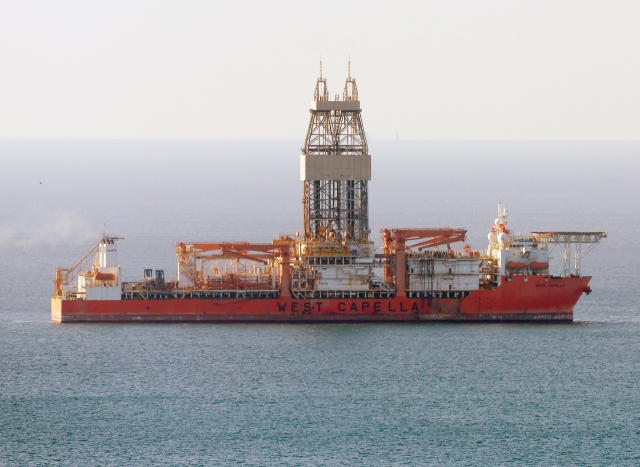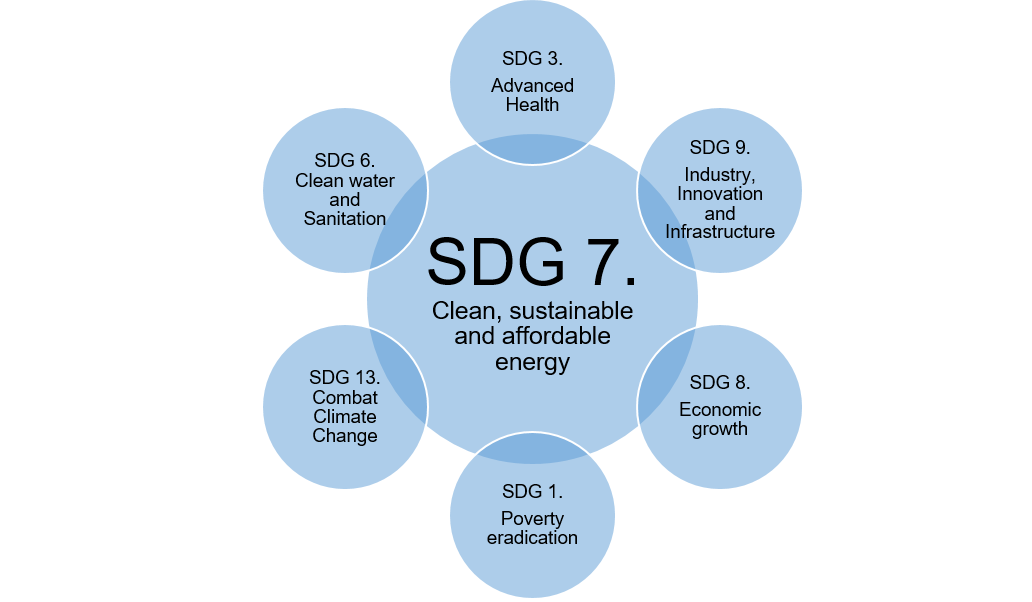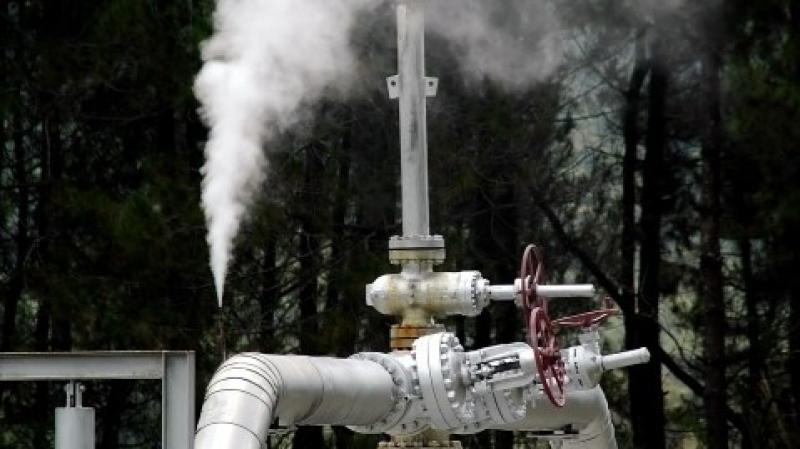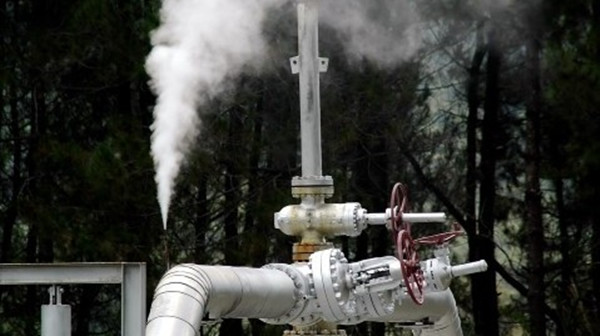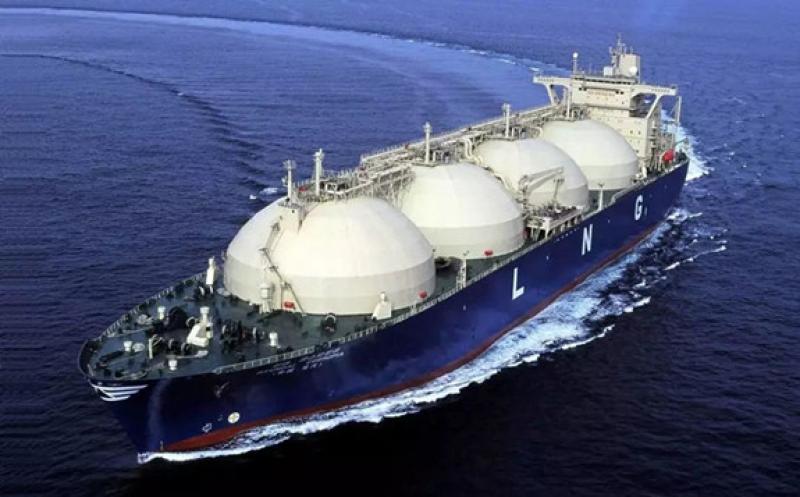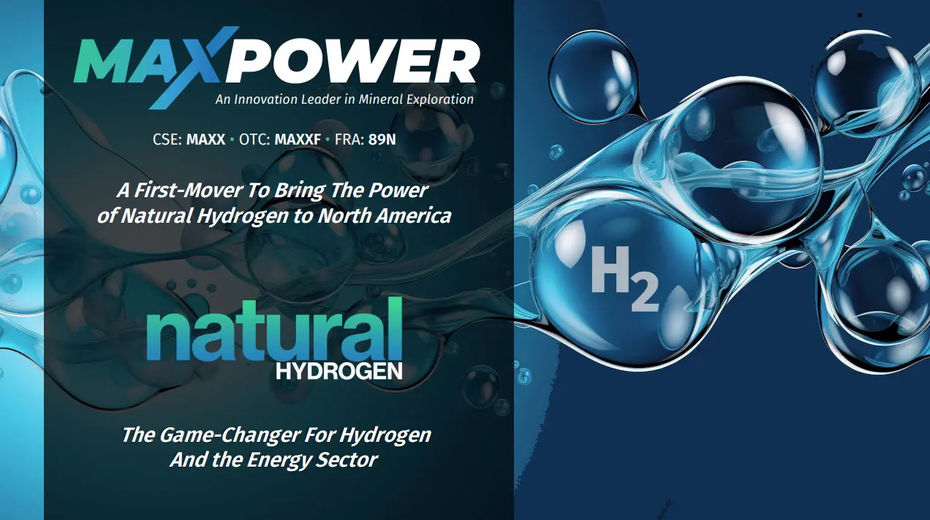
Highlights:
Large hydrogen anomalies, many associated with faults, have been identified through a MAX Power regional geochemical soil gas survey in southeast Saskatchewan with exceptional values as high as 914 ppm hydrogen;
Multiple data clusters from the soil gas survey, combined with hyperspectral readings, support MAX Power’s hydrogen formation and accumulation model for southern Saskatchewan, suggesting the presence of potential reservoirs hosting Naturally Occurring Hydrogen (NOH) at the Rider Project where permit applications covering broad areas have been approved with more approvals anticipated shortly;
In addition to the Rider Project, the MAX Power geological team over the past couple of months has delineated other major “Hydrogen Fairways” in Saskatchewan with further details to be announced early in the New Year.
Mr. Mansoor Jan, MAX Power CEO, commented: “We are on track to become the first company to drill specifically for Natural Hydrogen in Canada, during Q1, and further build on our first-mover advantage. We are highly confident, after exhaustive studies, and given the advanced provincial policy framework in Saskatchewan vs. other Canadian jurisdictions, that Saskatchewan offers the best immediate opportunity for the discovery of Canada’s first commercial concentration of Natural Hydrogen, followed by many more. This low-cost, low-emissions alternative energy source right under our feet, through drilling, could revolutionize how we think about energy in North America at a time when affordability and energy security will be at the forefront of incoming new administrations in Ottawa and Washington in 2025.”
Mansoor added, “We take this opportunity to wish all of our shareholders and stakeholders a Merry Christmas and best wishes for a safe, healthy and prosperous New Year. We will begin a transformational 2025 for MAX Power in robust fashion in January.”
Summary of the Gas-in-Soil Study
Petro-Find is a soil gas sampling leader in Western Canada and has developed a proprietary system that captures highly accurate readings for hydrogen from specialized gas probes driven into soils (well into the C-Zone of the soil profile, approximately 2.5 feet).
The main purpose of the widely-spaced gas probe survey was to test the basin scale geologic model created by MAX Power. The results support the potential for commercial concentrations of Natural Hydrogen in southeast Saskatchewan, with drilling to target accumulations of high-grade hydrogen at depth. Similar to the production of other mobile resources such as helium, natural gas, crude oil and water, a Natural Hydrogen prospect requires 5 “key factors” in order to pool and concentrate: 1) The right source rock(s); 2) Migratory pathways; 3) Trap; 4) Reservoir; 5) Seal. All five are present at Rider. Without all of these key factors, the likelihood of commercial NOH concentrations being present would diminish.
Petro-Find noted in its report that “the geochemical soil gas survey consisting of 286 sampling points produced excellent results with the detection of major hydrogen anomalies…that represent reservoirs of hydrogen. Hydrogen is contemporaneous, meaning hydrogen reservoirs may not be exhausted with production as they may be constantly recharged. The rough correlation of geochemical soil gas and hyperspectral anomalies in this report suggests a new approach can be implemented in the exploration of hydrogen.”
Results were consistently and remarkably anomalous to highly anomalous across the board and included hydrogen values of 914 ppm, 849 ppm, 435 ppm, 327 ppm, 275 ppm, 207 ppm, 203 ppm, 172 ppm, 164 ppm, 156 ppm, 141 ppm, 139 ppm, 134 ppm, 131 ppm, 130 ppm, 117 ppm, 115 ppm, 108 ppm and 106 ppm.
The fact that MAX Power received such encouraging results in the subsoil near-surface reinforces the immense mobility of hydrogen and the potential for very high grades in concentrations at depth. Even with pervasive seals of the Prairie Evaporite and to a lesser degree the Mississippian-aged Watrous, some of the hydrogen still migrates upwards to the subsoil.
Quality Assurance/Quality Control
The Petro-Find geochemical survey program for MAX Power began with the preparation of sample vials and replacing the septa in the probes. The vials were evacuated down to 1/5 Torr so that a sample extracted by a syringe was not contaminated with residual ambient air containing the gases to be measured. To avoid breakage in transit to the laboratory, the glass vials were inserted into holes cut into Styrofoam and placed in firm boxes. For the dry soils, a cordless rotary drill was used to drive a non-plugging hollow stainless steel probe to an average depth of 2.5 feet, or well into the C-Zone of the soil profile to avoid atmospheric pumping action at the near-surface. Once the probe was driven to the desired depth, a syringe was used to extract 15cc of soil gas through a septum at the head of the probe. This was discarded to purge the inner volume of the probe. A sample of 24cc was then extracted and injected through the septum of a 12cc vial, thus achieving over doubling of the pressure in the vial. The vials were inserted into holes in Styrofoam and placed in a box for shipment to Petro-Find’s lab. Another operation at the sampling site was the recording of coordinates by GPS. The soil gas samples were analyzed in Petro-Find's lab in Neuanlage, just north of Saskatoon for hydrogen, helium and light hydrocarbons by two state-of-the-art gas chromatographs. The coordinates and analytical data were downloaded to a computer and saved as an EXCEL file. GPS Utilityis was used to import GPS readings and for plotting sample stations on a base map. Contour maps of hydrogen, helium, and hydrocarbon concentrations were produced using all the data points. The data points were contoured by a triangular, non-gridded computer program from Scientific Computer Applications Inc. of Tulsa, Oklahoma. To be anomalous, the concentrations must exceed those of ambient air, 0.50 ppm (0.50 ppm for hydrogen, 5.4 ppm for helium).
Qualified Person
The technical information in this presentation has been reviewed and approved by Thomas Clarke Pr.Sci.Nat., P.Geo. Mr. Clarke is a Director of MAX Power Mining Corp. Mr. Clarke is the Qualified Person responsible for the scientific and technical information contained herein under National Instrument 43-101 standards.
